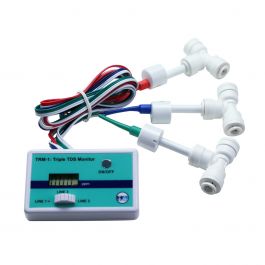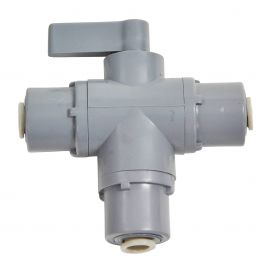- Joined
- Oct 22, 2018
- Messages
- 67
- Reaction score
- 40
I have the BRS 4 Stage Value 200GPD Water Saver RO/DI System and when I first got it, my water always read 0 TDS, from start to finished whenever I used it, but since the first time I changed the filtration media, it starts off really high, like around 10TDS, and then creeps down to 0.
What happened here? How do I fix this? I have really bad cyanobacteria growth in my tank, and I believe this is why. I've done a Google search, but haven't really come up with anything definitive.
Thanks
What happened here? How do I fix this? I have really bad cyanobacteria growth in my tank, and I believe this is why. I've done a Google search, but haven't really come up with anything definitive.
Thanks




















